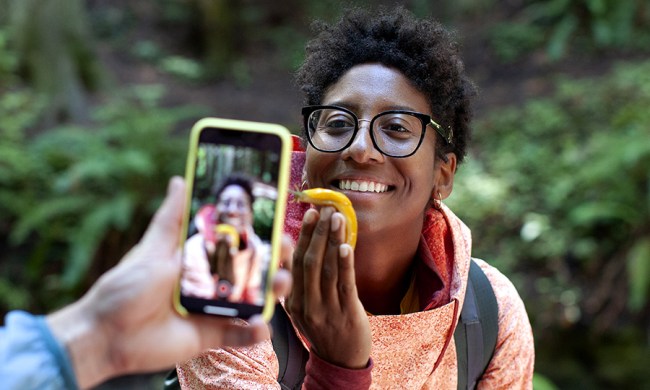Dyson’s work on developing a ventilator to help critical coronavirus patients has ended unexpectedly.
The U.K.-based producer of vacuum cleaners and other home appliances designed its own ventilator in a matter of weeks in response to a nationwide call to bolster supplies of the sought-after breathing machine. The British government placed a provisional order for 10,000 units, but in recent days officials said they no longer required Dyson’s device as demand from health care facilities had been lower than expected.
Company founder Sir James Dyson said the project had cost it around $25 million, though the firm wouldn’t be seeking any public money for the effort. Instead, Dyson said he will foot the bill.
The billionaire entrepreneur said that while his team had welcomed the government’s challenge to build the ventilator and had no regrets about getting involved, “mercifully” his company’s machine was no longer needed.
A ventilator is a vital piece of equipment for patients who are struggling to breathe, a situation common with those experiencing the worst symptoms of the coronavirus, formally known as COVID-19. The machine, which gets oxygen into the lungs while removing carbon dioxide, has already played a critical role during the pandemic.

A recent global surge in severe COVID-19 cases put significant pressure on the supply of ventilators, prompting an array of companies to offer help. Indeed, the British government, with a focus on deployment speed, is reportedly encouraging the production of an existing design rather than Dyson’s brand-new machine, which was awaiting regulatory approval. Had demand remained high, Dyson’s ventilator could still have been used in U.K. hospitals.
The country has been hit hard by the virus, with more than 20,000 deaths to date. Recent hospital data suggests, however, that the country has passed the peak of fatalities.
Dyson floated the idea that its newly designed ventilator could find use in other countries, though cautioned that it would require “further time and investigation.”
Thanking his team for its efforts, he said that everyone had worked “24/7 to design and manufacture a sophisticated ventilator in a short time frame,” adding, “I hope they can spend this weekend with their families who will not have seen them for weeks.”
It’s not the first project that’s ended unexpectedly for Dyson. In October 2019, the company abandoned a $2.7 billion plan to build a “radically different” electric car because if was unable to find a way to make it commercially viable.


